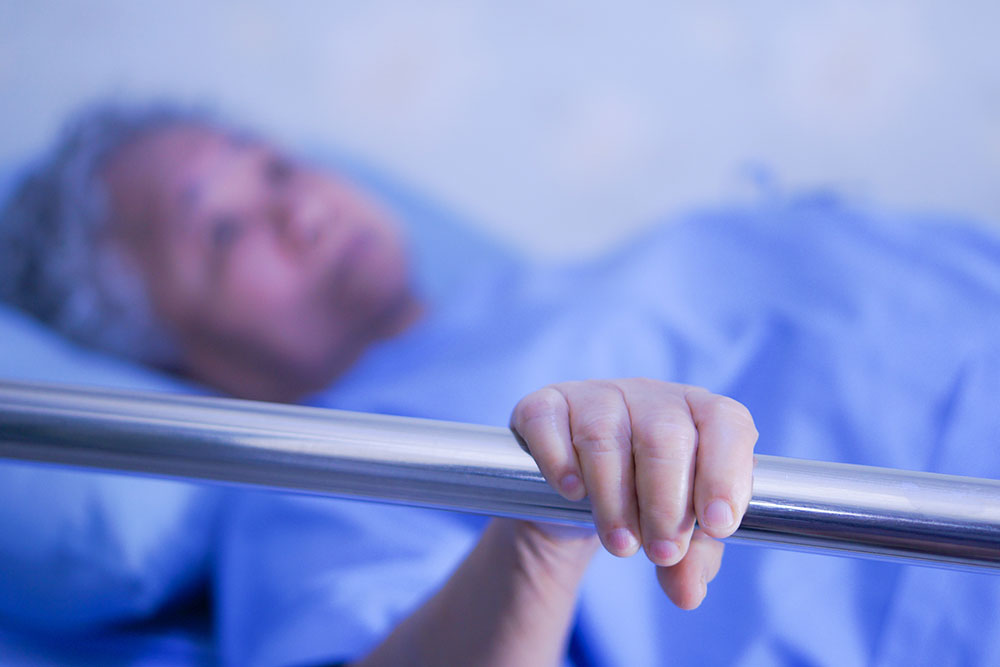Comprehensive Guide to Selecting Safe and Reliable Bed Rails for Seniors
This comprehensive guide offers valuable insights into choosing the safest and most suitable bed rails for seniors. Covering different types, factors to consider, and installation tips, it helps caregivers make informed decisions to enhance elderly safety and independence. Whether for temporary or long-term use, understanding these key aspects ensures your loved ones sleep securely and comfortably, reducing fall risks and promoting peace of mind for families and caregivers alike.

Comprehensive Tips for Choosing Bed Rails for Elderly Individuals
Ensuring safety and promoting independence for elderly loved ones often involves thoughtful considerations around their mobility assistance devices. Among these, bed rails stand out as crucial equipment designed to prevent falls, facilitate ease of movement, and provide a sense of security during sleep. As the aging population grows, so does the importance of selecting the right bed rails tailored to their unique needs. This extensive guide aims to provide caregivers, family members, and healthcare providers with detailed insights into the various types of bed rails available, the factors to consider when making a purchase, and best practices for ensuring safety and comfort for seniors.
Understanding Different Types of Bed Rails for Seniors
Side Bed Rails with Legs
These models feature sturdy support rods that extend from the bed frame down to the floor, offering exceptional stability. Designed for maximum security, these rails are effective in preventing falls by providing a firm barrier while allowing seniors easy access in and out of bed with minimal effort. The legs ensure the rail remains firmly anchored, preventing unwanted movement even during restless sleep.Legless Bed Rails
These types attach directly onto the bed frame without additional support rods reaching the floor. They are a great option for beds with existing support structures or for situations where minimal interference with the surrounding space is desired. When choosing legless rails, it's essential to verify compatibility with the specific bed model, ensuring a snug and secure fit to avoid slippage or instability.Crossbar Senior Bed Rails
Designed with multiple horizontal bars, these larger support systems are ideal for seniors requiring substantial support for sitting up or turning in bed. The crossbars provide a secure grip point, reducing the risk of falls and aiding in mobility. Additionally, their design minimizes entrapment hazards, making them a safe choice for many elderly users.
Side Handle and Support Rails
These lightweight, compact rails are primarily used to assist seniors in sitting up or repositioning themselves in bed. They serve as convenient handholds that promote independence, especially for those with moderate mobility challenges. Their portable nature makes them suitable for temporary use or for travel purposes, ensuring safety wherever your loved one goes.Portable and Foldable Bed Rails
Ideal for travel, visiting family, or temporary recovery, portable bed rails are easy to attach and remove. Many models feature folding mechanisms that allow for quick storage and transport, making them perfect for active seniors or those who frequently change beds or locations. The portability of these rails ensures safety beyond the home environment.Adjustable Height Bed Rails
Supportive and versatile, these rails can be customized to different heights, accommodating individual preferences and specific medical recommendations. They enable caregivers to set the optimal support level, enhancing safety during various activities such as sleeping or getting in and out of bed.Dual-Side Bed Rails
For comprehensive safety, installing supportive rails on both sides of the bed is highly recommended. This configuration provides additional stability, especially useful for seniors prone to rolling over during sleep or those with severe mobility issues. It significantly reduces fall risk and offers peace of mind for caregivers and family members.Factors to Consider When Choosing Bed Rails for Seniors
Selecting the most appropriate bed rails entails careful evaluation of several critical factors to ensure safety, compatibility, and comfort.
Assessing Individual Needs
Each senior has unique mobility and safety requirements. For example, individuals with significant difficulty in moving or for post-surgical recovery may benefit from sturdy crossbar rails offering maximum support. Conversely, seniors with minor mobility issues might prefer lighter, portable options. It’s crucial to consider their ability to grasp handrails, transfer in and out of bed, and any specific medical advice from healthcare professionals.Matching the Bed Type
Compatibility is key to ensuring the bed rails function correctly and securely. Some rails are designed to attach to standard beds, while others are suitable for hospital or adjustable beds. Always double-check dimensions, attachment mechanisms, and bed frame specifications before making a purchase, preventing mismatches that could compromise safety.Ease of Installation and Use
Choose bed rails that are straightforward to install without requiring complex tools or procedures. Proper installation is vital to prevent detachments or accidents. Look for models with clear instructions and secure attachment mechanisms that hold firmly during use. This ensures both the safety and comfort of your loved one without unnecessary hassle.Safety Features and Durability
Inspect the build quality, load capacity, hinge stability, and overall durability of the rails. Premium materials such as reinforced steel or high-grade plastic enhance lifespan and safety. Rails should be capable of supporting the weight of the user, resisting wear and tear over time to maintain their protective function.Additional Functionalities and Features
Modern bed rails often feature supplementary features that improve usability. These include built-in LED lighting for nighttime visibility, padded surfaces that prevent pinching or discomfort, and integrated steps or footstools to assist mobility. Some rails also incorporate safety sensors to alert caregivers if the rail becomes loose or unstable, further enhancing the safety net.In conclusion, selecting the right bed rails is a multifaceted process that balances safety, comfort, compatibility, and convenience. By understanding the various types and carefully assessing individual needs, caregivers can make informed decisions that significantly enhance the quality of life for their elderly loved ones. Properly chosen bed rails not only prevent falls and injuries but also promote independence, making aging more secure, comfortable, and dignified.





